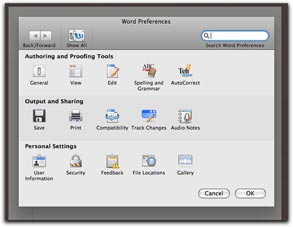

Most often, I see deployments where built-in RBAC roles are utilized and rarely customized to match the actual job roles of administrators. However, in my professional experience, I have noticed that many deployments are not actually thought out to utilize the full potential of what RBAC has to offer. The principle of least privilege is an important design consideration in enhancing the protection of data and functionality from unintentional and/or malicious behavior.Įxchange Server 2010 aids such implementation of roles by using role-based access control (RBAC). Twitter: bhargavs RBAC and the principle of least privilege When he is not working with customers, Bhargav leads the Philadelphia Area Exchange Server User Group, shares his knowledge on his blog and twitter, plays chess, and flies model airplanes.īlog: Random thoughts of an Exchange PFE Blog From batch files to VBScript and on to Windows PowerShell, he has written many scripts to address specific needs and reusable functions for repetitive code. He started working on scripting with small DOS batch scripts in his early career, and he learned to be a better scripter with new scripting languages. He also holds industry certifications such as Microsoft Certified Master: Exchange Server 2010, VMware Certified Professional, Citrix CCEA, RSA: CSE, and Cisco CCNA/CCDA. Before joining Microsoft, he managed to work on almost any technology an IT consultant would be required to know, including Active Directory, Exchange, RSA Security, VMware, Citrix, and Cisco.

Bhargav has been in IT since the beginning of his career 14 years ago. We are joined today by guest blogger Bhargav Shukla.īhargav Shukla is a senior premier field engineer-unified communications, with his primary focus on the Exchange Server platform. Microsoft Scripting Guy, Ed Wilson, is here.
CREATING NEW IDENTITY MICROSOFT OFFICE 2008 MAC HOW TO
Summary: Microsoft PFE, Bhargav Shukla, shows how to use Windows PowerShell and RBAC to control access to Exchange cmdlets.


 0 kommentar(er)
0 kommentar(er)
